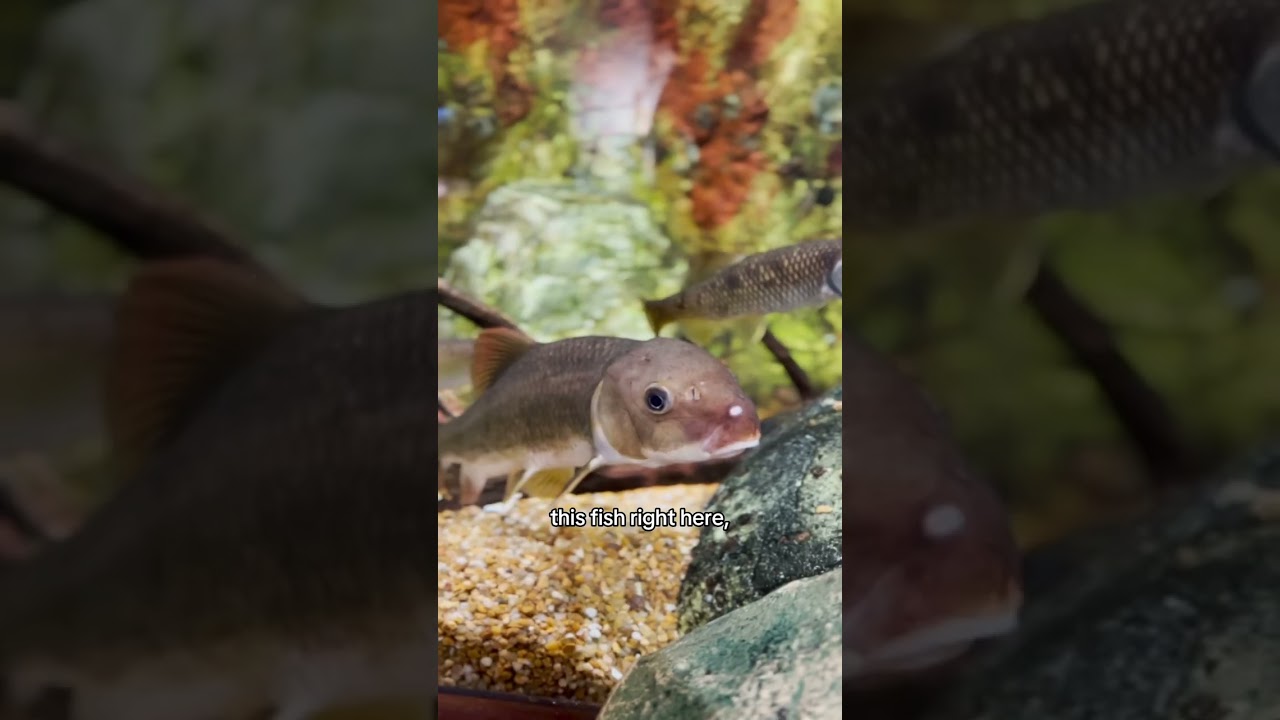– Exploring the biodiversity of the Piedmont region through its aquatic life
– The role of modern zoos and aquariums in wildlife conservation and education
– The significance of sustainable practices in the preservation of freshwater ecosystems
– Understanding the impact of human activities on aquatic biodiversity in the Piedmont area
– How interactive and immersive exhibits like the Step into the Piedmont Gallery can foster environmental awareness and conservation efforts
Step into the Piedmont gallery offers a window into the rich aquatic biodiversity of the Piedmont region, an area characterized by its rolling hills stretching from New Jersey in the north to Alabama in the south. This exhibit, designed to educate and engage visitors, focuses on the varied fish species inhabiting this region’s rivers and streams. It highlights the intricate balance of freshwater ecosystems and the pressing need for their preservation.
Modern zoos and aquariums play a pivotal role in wildlife conservation and education. Far from their historical counterparts, which prioritized entertainment over education, today’s institutions are deeply committed to conserving biodiversity, rehabilitating endangered species, and providing comprehensive educational programs. The Step into the Piedmont Gallery embodies this shift. It serves as an interactive learning environment where visitors can gain insights into the complexities of aquatic ecosystems, their challenges, and the conservation strategies employed to protect them.
Sustainable practices are vital in preserving freshwater ecosystems, among the most vulnerable habitats to human impact. Pollution, habitat destruction, and unsustainable water use threaten these ecosystems’ health and biodiversity. The Step into the Piedmont gallery discusses these issues. It showcases the measures taken to mitigate human impact, emphasizing the importance of sustainable water management and habitat restoration efforts in the region.
Human activities have significantly influenced the aquatic biodiversity of the Piedmont area. Urbanization, agriculture, and industrialization have altered natural water courses, polluted rivers and streams, and endangered many native species. The gallery emphasizes the critical need for conservation efforts to reverse these trends, showcasing successful restoration projects and highlighting species that have been brought back from the brink of extinction. By presenting these stories, the exhibit aims to inspire visitors to consider the consequences of their actions and participate in conservation efforts.
Interactive and immersive exhibits like Step into the Piedmont Gallery are crucial in fostering environmental awareness and supporting conservation efforts. These exhibits create a memorable experience that encourages a deeper understanding and appreciation of the natural world by engaging visitors’ senses and emotions. Furthermore, they spotlight the interconnectedness of ecosystems and human societies, demonstrating how the health of aquatic ecosystems directly impacts biodiversity, local communities, and economies.
Through its educational content and interactive displays, Step into the Piedmont Gallery effectively communicates the importance of aquatic biodiversity, the threats these ecosystems face, and the actions necessary to preserve them for future generations. This exhibit represents a step forward in the mission of modern zoos and aquariums to promote environmental stewardship and conservation, engaging the public in meaningful discussions about the natural world and our place within it. By stepping into the Piedmont Gallery, visitors are invited to embark on a journey of discovery and advocacy, contributing to the ongoing efforts to protect our planet’s precious and finite freshwater resources.
*****
Source Description
#aquarium #scaquarium #southcarolina #chs #sc #charleston #charlestonsc #piedmont #oneminutevisit #fishspecies #fish #americankestrel

